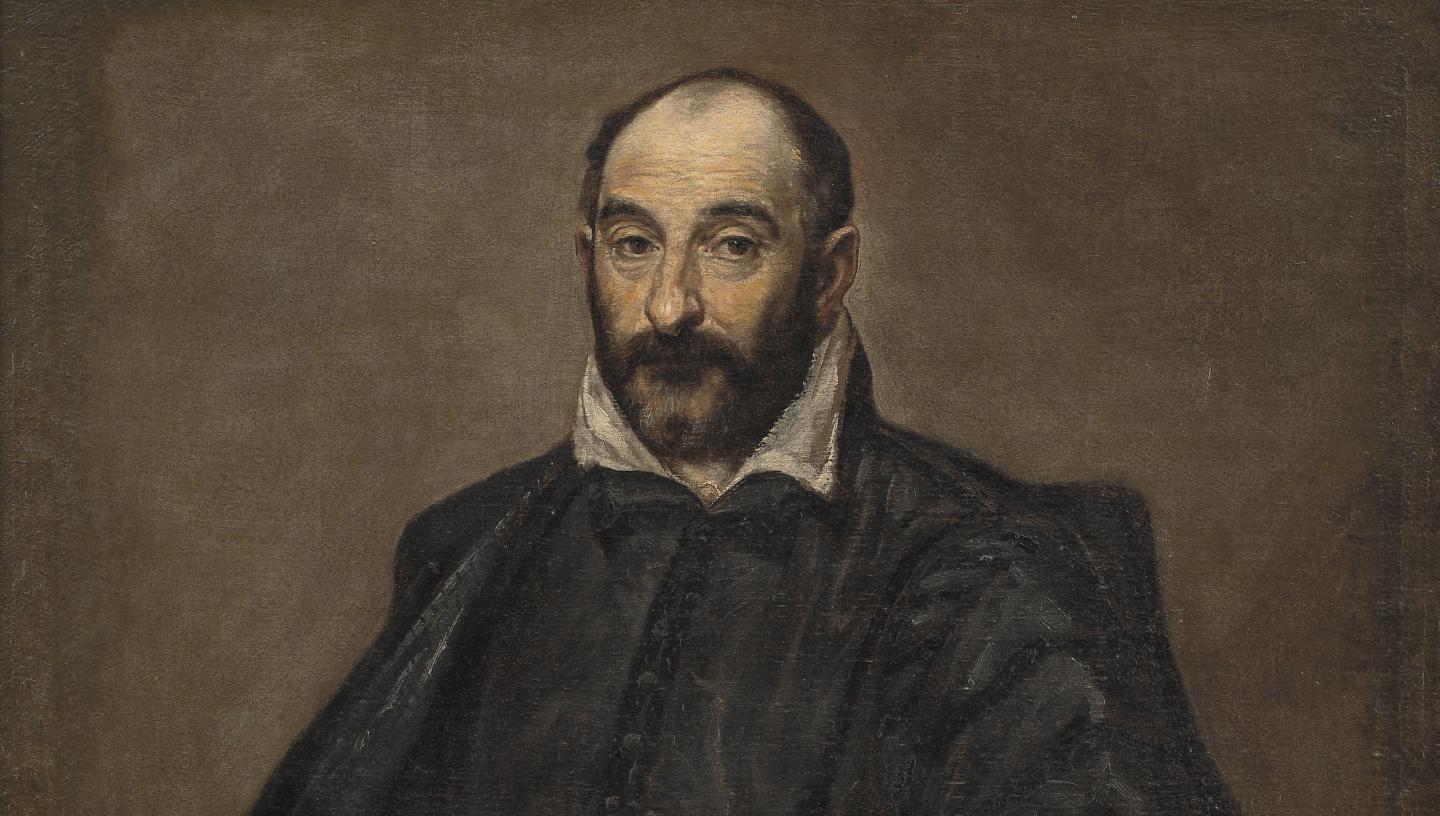
Andrea Palladio (1508–80)
Andrea Palladio was one of Italy's greatest and most imitated architects, whose influence can be seen in the elegant Queen's House.
In 1570, he explained his theories in his Four Books on Architecture. The English architect Inigo Jones brought Palladio's ideas to England, so beginning a new style of beautifully proportioned, symmetrical buildings.
What ideas did Palladio have about architecture?
Palladio believed that a building and its decoration should be considered as a whole. He particularly admired the monuments left by the ancient Greeks and Romans, and often used the orders of classical columns in his buildings. The four most usual ones are the Roman Doric, Ionic, Corinthian and Composite.
Palladio also believed that the measurements carefully worked out by the Greeks gave their buildings a feeling of harmony and dignity. These measurements had been used in the 15th century in Renaissance palaces and churches by artist architects such as Alberti, Brunelleschi and Bramante. Palladio himself designed many churches and country houses based on these classical ideas.
How did Palladio's ideas reach Britain?
The English architect Inigo Jones (1573–1652) visited Italy in 1603 and 1616 with the art collector Lord Arundel. They looked at buildings such as the Chiericati Palace in Vicenza by Palladio, and the Medici Villa by Sangallo. Jones found the design of Palladio's country houses, or villas, especially inspiring.
How did Inigo Jones make use of the ideas of Palladio?
As Surveyor of the King's Works, one of Inigo Jones's first designs was for James I's wife, Anne of Denmark. A small villa, now known as the Queen's House, was built in the grounds of the Tudor Palace of Placentia at Greenwich. The design Jones produced was in the new style, and the completed building looked very different from the red brick, rather higgledy piggledy Tudor palace.
The new house was such a novelty that people called it 'The White House'. Jones ensured that the house cleverly bridged the main Woolwich to Deptford road. He used classical (Ionic) orders, and geometrically measured spaces to create a house of harmonious proportions. For example, the Great Hall is a 12 metre (40 ft) cube, and the design of its marble floor matches the composition of squares and circles on its ceiling. In 1619, Jones used a double cube device when designing the Banqueting Hall at Whitehall, and again at Wilton House in 1649.
How did Inigo Jones influence other architects?
It was not until the 18th century that Jones's ideas were taken up by Lord Burlington, Colen Campbell and William Kent. Inigo Jones wanted his buildings to be
Sollid, proportionable according to the rules, masculine and unaffected.
His genius created an English Palladianism which influenced and inspired later architects in the classical tradition.